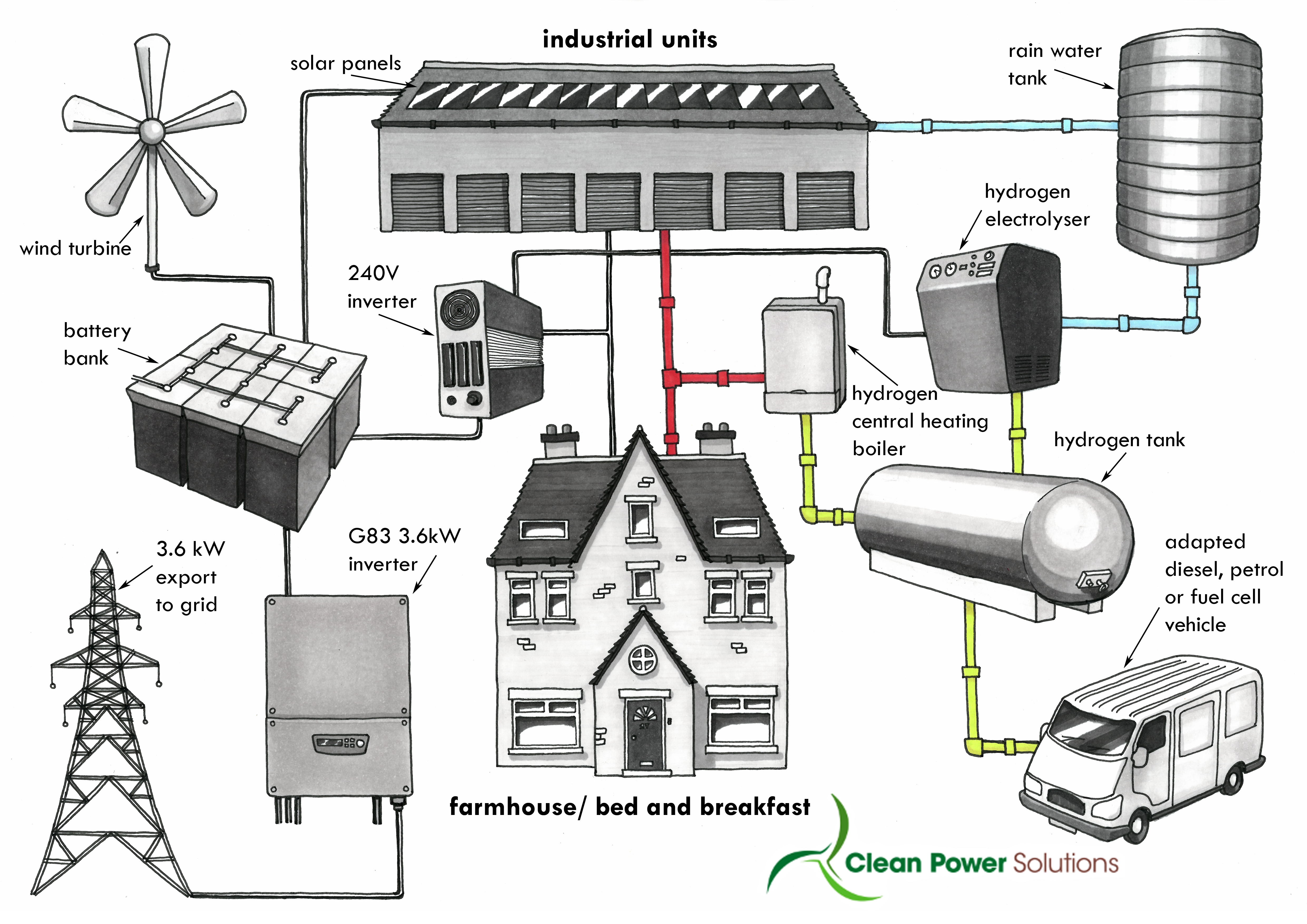For many years, the thought of a Smart grid for renewable energy was thought to be impossible due to the problem of matching supply to demand. You can’t suddenly make the sun shine brighter or the wind blow stronger. In addition, in many locations, it has not been possible to connect more than a certain amount of generation to the Grid because of weaknesses in the local network.
This has now changed due to a radical new development from CPSL-Group in the UK. They have managed to develop a new patent pending method of having a Smart, Synthetic Grid that can also be connected to the National Grid. This means that all of the power that is created from renewable energy can be stored on site and the power requirements of the Smart Grid for the site met. If insufficient power is being produced to meet demand, then the demand is supplemented from the storage system. If more power is being produced than required, then the storage system is recharged. If there is insufficient power in the storage system, then the extra power can be demanded from the Grid. If too much power has been produced than is required for site use and storage, then the excess can be fed to the Grid in a controlled manner that does not affect any weaknesses in the local network.
It is the control of the system that offers a ground breaking solution to an age old problem. This control has been made possible by the integration of management control algorithms and the use of a new type of Quad directional inverter. This minimises efficiency losses by all functions being performed by one inverter rather than using separate inverters for each function.
This radical new system could drastically improve the efficiency and payback return of any site using renewable energy. All of the power that is produced can now be used when required rather than any unused power being sent to the Grid. This increase in efficiency improves the rate of return on investment as well as enabling a site to become energy self-sufficient.
Dr Marc Stanton, Commercial Director for CPSL-Group stated that, “Prices of installations have recently been drastically reduced, often to less than $1 per Watt.
An additional benefit of the system is the fact that excess power can be fed to the Grid under G83/2 parameters of 16 Amps per phase. This eliminates any upgrade costs for connection to the Grid and means that renewable generation can now take place at locations that had previously been denied permission to connect to the Grid due to overcapacity or Grid network weaknesses.

Many of the Scottish Islands and increasingly, areas of the Mainland of the UK are constrained to a G83 grid connection, yet there is a large potential for renewable generation above 16A per phase, per site. Sites with larger demands could reap the benefits of larger renewable energy installations but grid constraints and cost of reinforcement of the electricity network (which are charged to the end customer) are preventing the necessary implementation of renewable energy. This system allows the installation of a renewable energy system to be designed to the requirements of the end user, rather than the limitations of the electricity network.
By Dr Marc Stanton